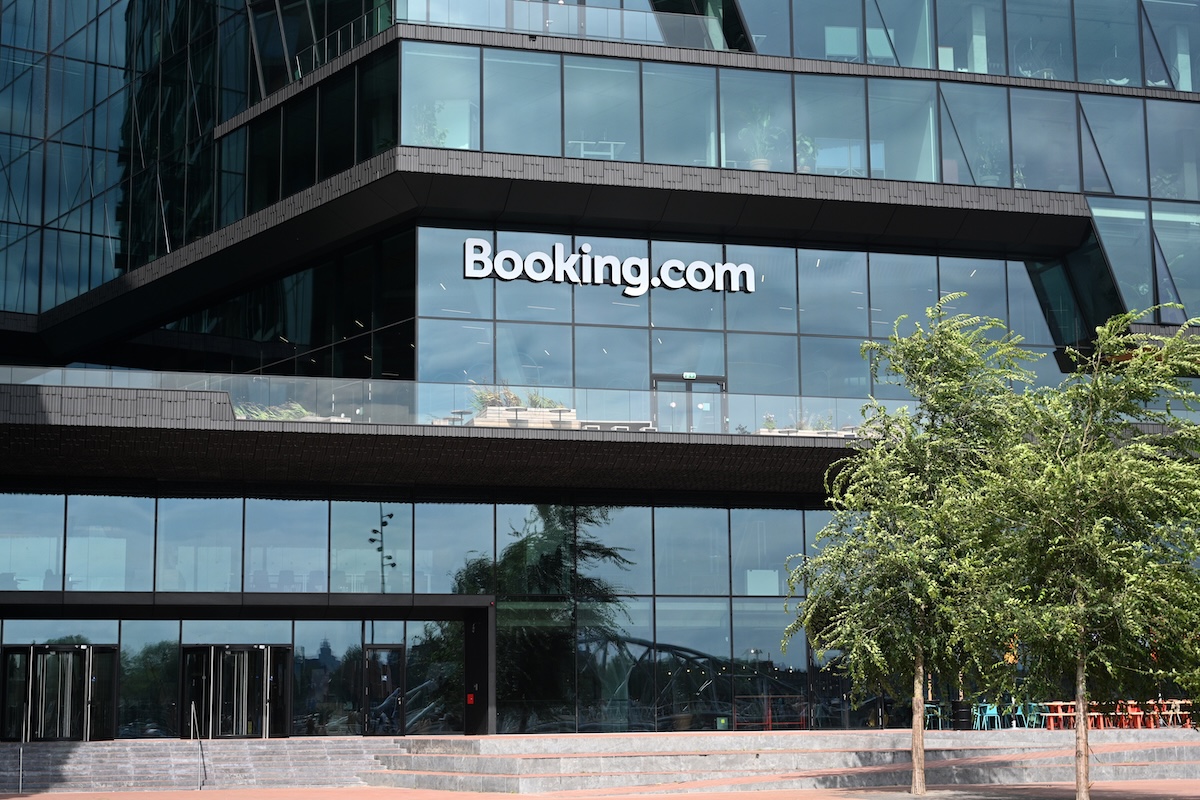Copa Airlines' Rebound May Depend on a Latin American Turnaround
Skift Take
When major Latin American economies turn around, Copa Airlines again likely will be a major beneficiary, capitalizing on its well-placed hub on the Isthmus of Panama to shuttle high-margin passengers between North and South America.
But for now, the airline's business is choppy, Copa executives warned investors earlier this month as they shared second quarter earnings. In addition to the challenges every airline faces, such as higher fuel prices, Copa has been dealing with operational challenges in Venezuela and currency devaluations in two key countries, Brazil and Argentina.
The hiccups made for a challenging quarter for Copa, which had been until earlier this year an investor favorite. While the airline remains profitable — it reported about $50 million in net income and 9 percent operating margin — investors have been spooked by weakness on key metrics. The airline's yield, a rough measure of revenue from ticket sales, decreased 2.2 percent, year-over-year.
The rest of the year might not be better. Last week, Copa altered its guidance for its full-year operating margin to 14-16 percent, down by 3 percentage points. The airline also expects lower than expected unit revenue for the second half, with CEO Pedro Heilbron telling analysts, "yield softness, particularly in Brazil and Argentina, is preventing us from achieving the unit revenue growth needed to offset the addition of fuel expense." To compensate, Copa will cut some underperforming flights, particularly to Brazil.
At least one analyst downgraded the stock, and many investors sold it off. On Thursday, the stock fell 15 percent, and on Friday, it fell another 2 percent. Since hitting its 52-week high in January, Copa is off roughly 42 percent.
Diplomatic Spats and Foreign Exchange Woes
Copa might not be a well-known brand to travelers outside of Latin America, but over the past three decades, it has proven itself to be one of the world's better performing airlines. Unlike many carriers with big ambitions, which make business models more complicated as they grow, Copa has stuck with the basics. It still flies narrow-body aircraft, and only within the Americas, as it keeps a focus on costs.
But Latin America can be tricky, as Copa found in the second quarter. For most of April, during a diplomatic spat between Panama and Venezuela, Copa was forced to cancel all flights to the country. Though diplomats resolved it relatively quickly, Copa still canceled hundreds of departures, costing the company about $15 million, CFO Jose Montero said.
Argentina and Brazil, meanwhile, were challenging because of foreign exchange pressures. Brazil faced a currency devaluation in the second quarter of 15 percent, while Argentina devalued its currency by 43 percent, Copa executives said. The two markets account for roughly 22 percent of Copa's revenues, Daniel McKenzie of Buckingham Research Group, said in a report.
But it's not just about currency issues, Copa executives said, noting all airlines might have been a little optimistic about how much new capacity both countries could handle. Many international carriers have been adding new flights to Argentina and Brazil in the past year, betting that the worst of both nations' economic woes were behind them.
Heilbron said Copa increased its capacity in Argentina by 40 percent this year, and it has been tough for the airline to fill the extra seats at reasonable fares.
"In a way, we're partly at fault, but that coincided with the currency devaluation," he told analysts. "We were not expecting that. But long term, those are important strategic additions. And the market is still a healthy market. It had been like eight years since we were able to get additional routes rights. It took us a long time. ... Medium to long term, those are all, I think, great, great additions. And we are not regretting anything."
In Brazil, Copa has kept its capacity steady this year. But last year, it resumed some of the flying it had cut earlier. And while the market remains challenging for the third quarter — "at least for us it doesn't look great," Heilbron said — the airline is optimistic Brazil will improve in the year's final three months.
Bright Spots
As it tries to improve profitability, Copa is considering entering a joint venture with United Airlines and Avianca Airlines of Colombia, an arrangement that likely would allow the three carriers to schedule flights and share revenues with each other, without worrying about anti-trust laws.
Joint business agreements can sometimes help airlines turn marginal flights into money-makers, and Fernando Abdalla, an analyst with JP Morgan Chase, said the deal "could bring further upside in the mid-term" for Copa.
The three airlines are in the planning stages now, Heilbron said. If they agree on an arrangement, regulators from all countries would need to approve it.
"Once it's finalized, we will have to go through all the legal hurdles that an agreement like this has to go through," Heilbron said.
Additionally, Heilbron said he is hopeful higher fuel prices may help some Latin American economies, spurring demand for air travel.
"We have seen in the past how higher oil prices benefit the Latin American economy and eventually lead to a better yield environment in the region," he said. "But we're not sitting idly waiting for that to happen."
McKenzie said the company, and its stock, can bounce back. But perhaps not immediately.
"Shares could prove attractive for those investors that can look past current challenges and that have a one to three year horizon," he said.




